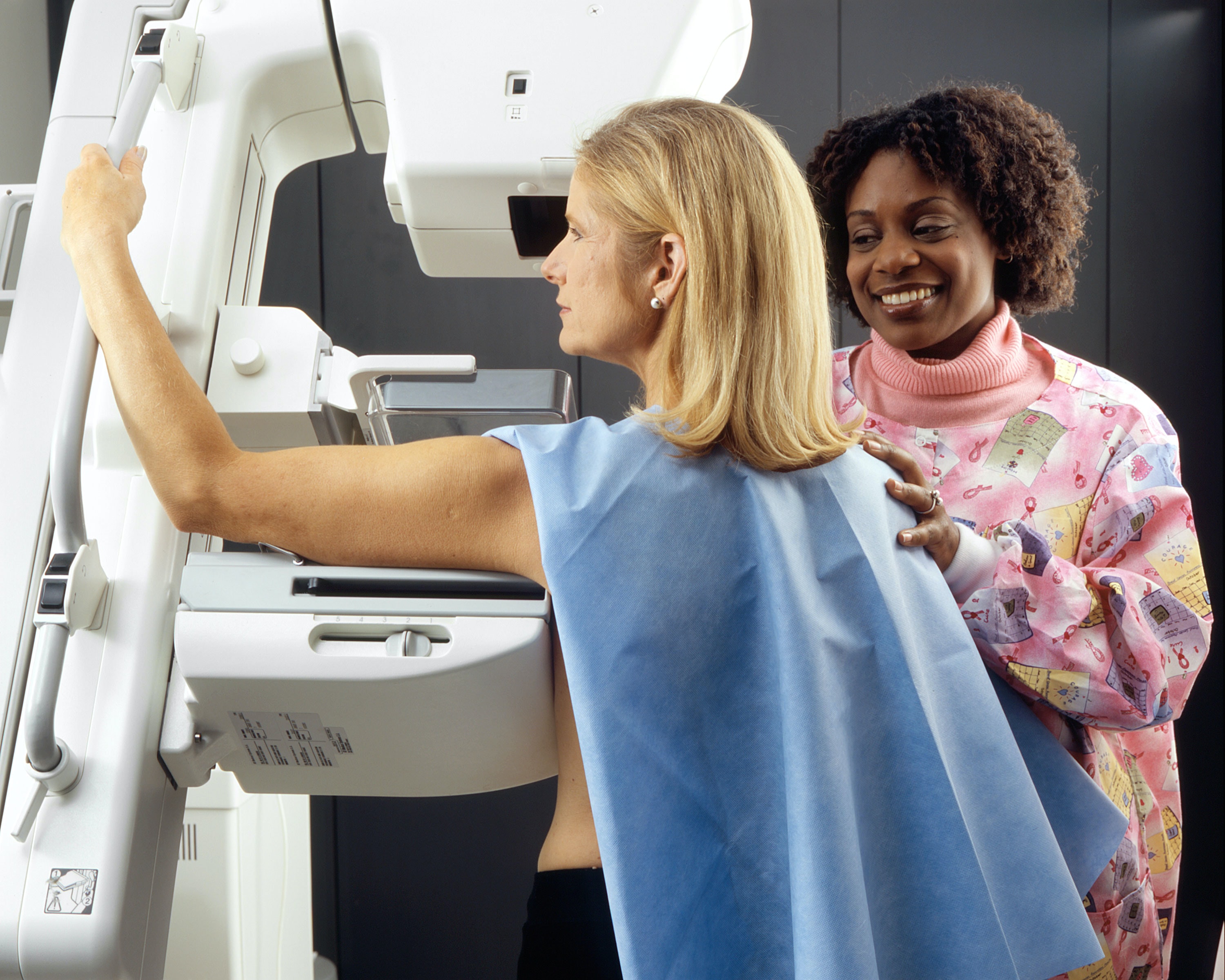Cancer Detection Tool

Problem
Only 14% of cancers are detected through a preventive screening test.
Improved cancer screening has the potential to detect cancers earlier, when treatment is more likely to improve outcomes and save lives. Despite widespread awareness of the importance of screening for asymptomatic, early detection of cancer, screening tests are only available for five cancer types. At present, only 14% of cancers with a recommended screening test are detected by screening.
According to NORC estimates, 57% of all diagnosed cancers currently do not have a recommended screening test. These cancers are typically found in patients who are symptomatic, perhaps with cancers in later stages that are more difficult to treat. With few recommended cancer screening tests and generally low adherence to cancer screening recommendations, it is difficult to detect cancer before symptoms arise, or before cancers have metastasized.
Solution
Calculating Percent of Cancers Detected by Screening (PCDS).
Until now, the proportion of cancers detected each year by a preventive screening test has not been calculated. NORC at the University of Chicago developed a method to calculate this statistic, which we call the percent of cancers detected by screening (PCDS). The percentage of patients who receive recommended screening and the effectiveness of those screenings impacts the percent of cancers detected by screening (PCDS), across cancer types. NORC estimates PCDS using annual incidence data from the National Cancer Institute, self-reported preventive screening data from the National Health Information Survey, combined with screening test efficacy rates found in published literature, and state cancer statistics collected in the Behavioral Risk Factor Surveillance System (BRFSS).
Result
NORC analysis highlights need for additional data collection to better track progress in early cancer detection.
Just four types of cancer—breast, cervical, colorectal, and lung —have a screening test recommended by the United States Preventive Services Task Force (USPSTF). Together, in 2017, these cancers made up 29% of all diagnosed cancers and 25% of all cancer deaths in the United States. A fifth cancer—prostate—has a screening test that is not broadly recommended due to overdiagnosis.
A majority (61%) of breast cancers are detected through mammography. While the incidence of cervical cancer is low, 52% of all cases are detected by a PAP test, while 46% of colorectal cancers are detected by screening. Only 3% of lung cancers are detected through screening. Given high rates of prostate cancer screening and some overdiagnosis, NORC estimates that 77% of prostate cancers are detected through the PSA test.
PCDS by race and ethnicity vary by cancer type, as a result of differences in incidence and screening rates. In breast cancer, Black and Asian women have the highest PCDS because of their relatively low incidence rates. Asian people have the highest rate of PCDS for colorectal cancer, owing to relatively higher screening and incidence rates than other groups. People of color, especially people of Asian and Pacific Islander descent, are consistently underrepresented in cancer data in the United States, which limits our ability to calculate state-specific PCDS for these groups.
Project Director
Learn More About the Study
Learn more about the percentage of cancers detected by screening and explore state-by-state estimates.








